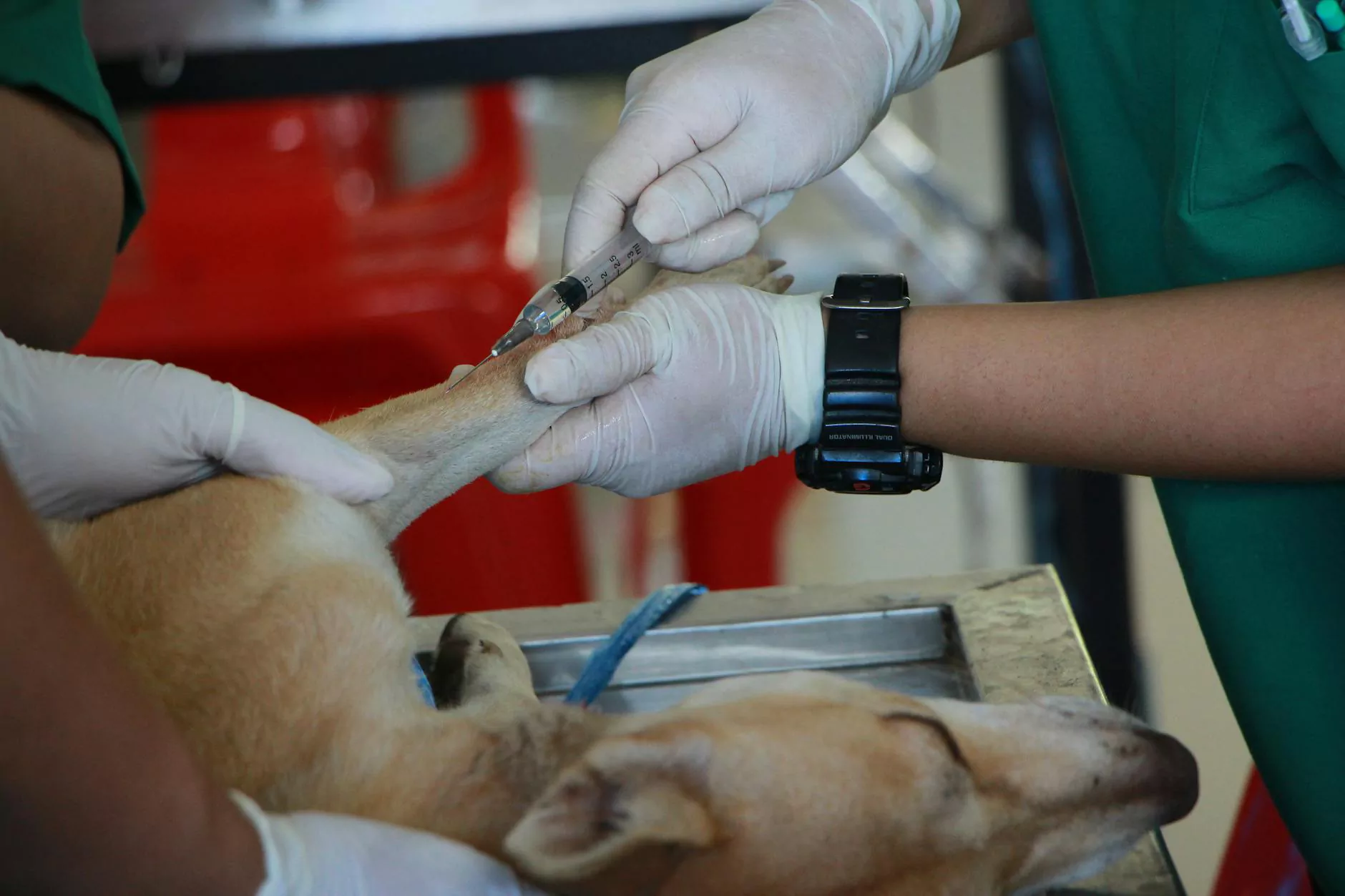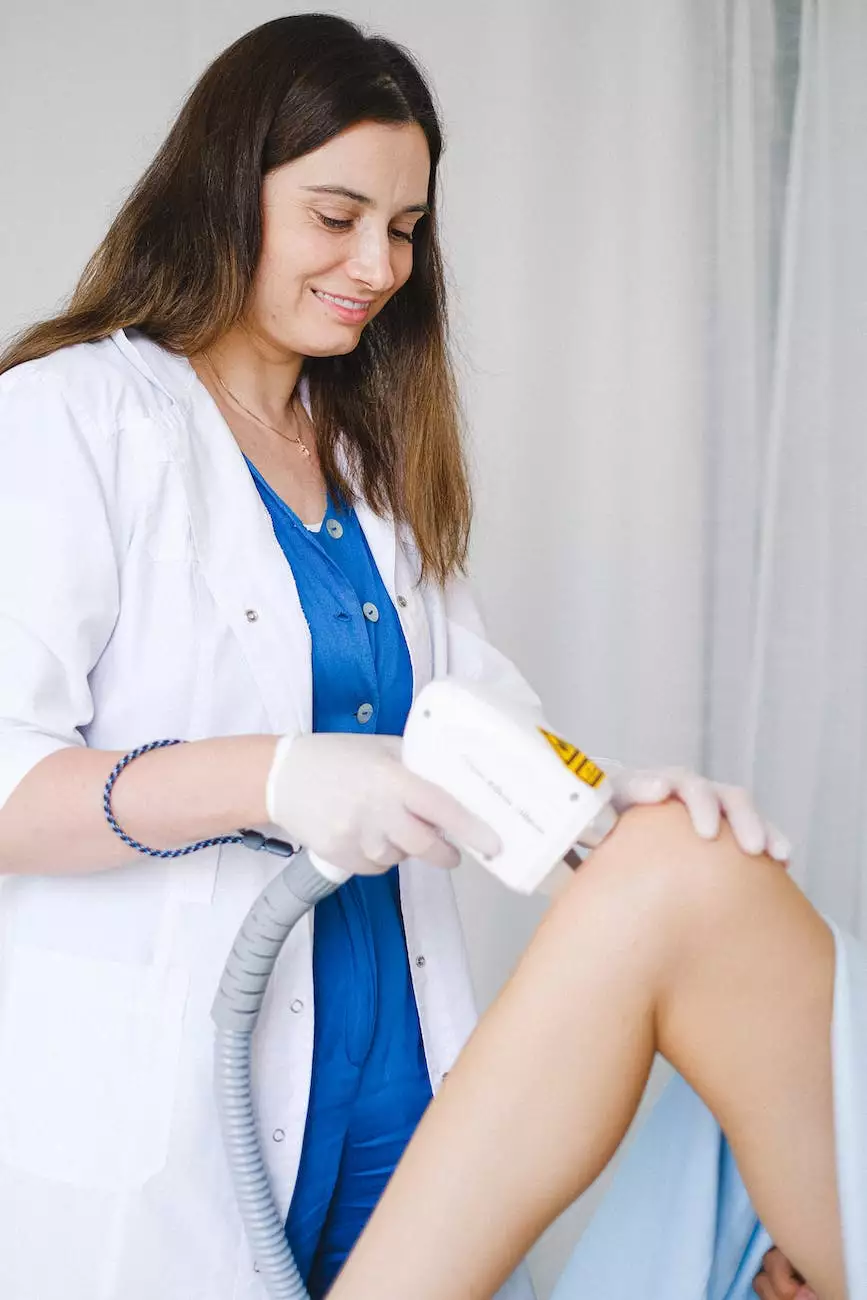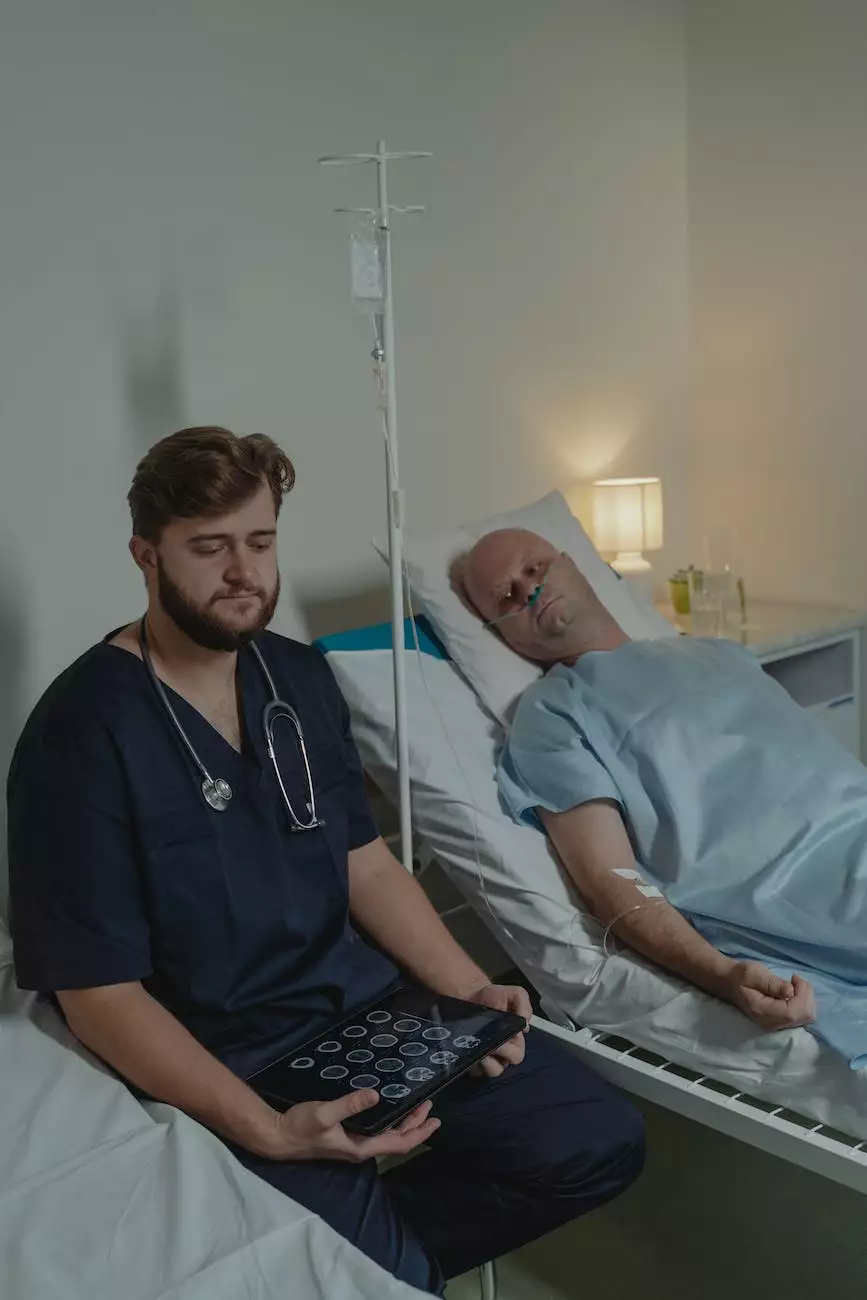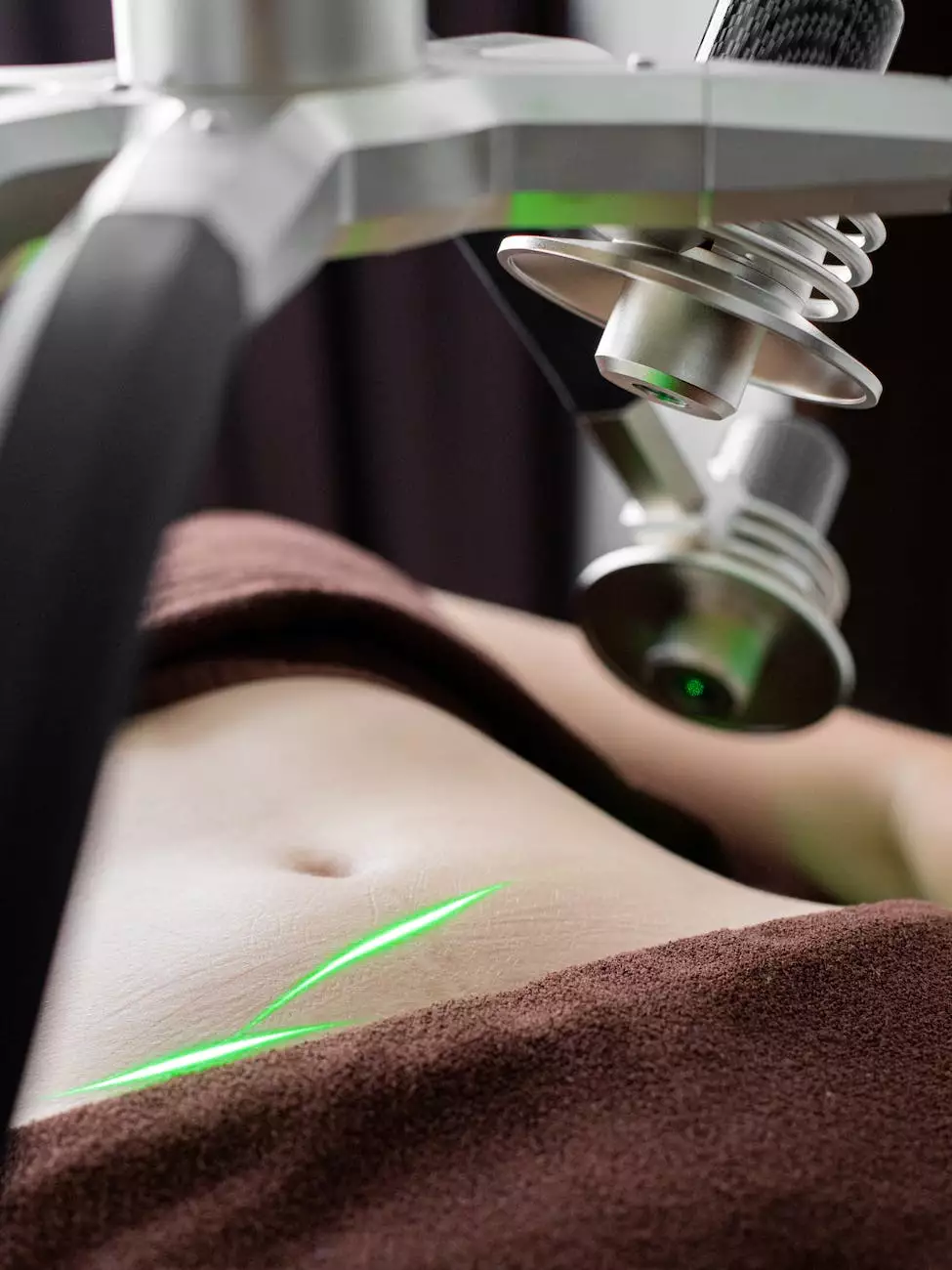Crepitus and Joint Popping: Causes, Treatment, and More
Services
Introduction
Welcome to Benjamin Shettell, MD, a leading website in the field of health, where we provide comprehensive information on various medical conditions. In this article, we will dive deep into the topic of Crepitus and Joint Popping, exploring their causes, treatment options, and more.
Understanding Crepitus
Crepitus refers to a crackling or popping sensation that can be felt or heard when moving certain joints, particularly the knees, hips, shoulders, and elbows. The sound is often described as a grinding noise, and it can be accompanied by pain or discomfort. While crepitus can occur at any age, it is more commonly experienced by older individuals due to the natural wear and tear of the joints.
Causes of Crepitus
Several factors can contribute to the development of crepitus. These include:
- Osteoarthritis: The most common cause of crepitus, osteoarthritis occurs when the protective cartilage between the joints wears down over time, leading to bone-on-bone contact.
- Joint Injuries: Previous joint injuries or trauma, such as fractures or dislocations, can result in crepitus.
- Age and Degeneration: As we age, the cartilage in our joints naturally deteriorates, increasing the likelihood of crepitus.
- Excessive Use: Repetitive movements or overuse of a joint can lead to crepitus.
Common Symptoms
In addition to the audible crackling or popping sound, individuals with crepitus may experience the following symptoms:
- Pain or discomfort in the affected joint
- Stiffness and reduced range of motion
- Swelling or inflammation
- A sensation of instability
Treatment Options
The treatment approach for crepitus depends on the underlying cause and severity of the symptoms. Here are some common treatment options:
Medications
Nonsteroidal anti-inflammatory drugs (NSAIDs) may be prescribed to reduce pain and inflammation. In some cases, corticosteroid injections can provide temporary relief.
Physical Therapy
A physical therapist can design a customized exercise program to strengthen the muscles around the affected joint, improve flexibility, and reduce discomfort.
Lifestyle Modifications
Implementing certain lifestyle changes can help manage crepitus. These include maintaining a healthy weight, avoiding repetitive motions or activities that exacerbate symptoms, and using assistive devices, such as braces or canes, if necessary.
Surgical Intervention
In severe cases where conservative measures fail to alleviate symptoms, surgical interventions, such as joint realignment or joint replacement, may be considered.
Prevention and Self-Care Tips
While it may not be possible to completely prevent crepitus, the following self-care tips can help minimize the risk and manage symptoms:
- Maintain a healthy and balanced diet to support joint health.
- Engage in regular exercise to strengthen muscles and maintain flexibility.
- Avoid excessive stress or strain on the joints.
- Practice good posture and body mechanics during physical activities.
- Listen to your body and rest when needed.
- Consider using supportive joint supplements, as recommended by healthcare professionals.
Conclusion
In conclusion, crepitus and joint popping can significantly impact the quality of life for individuals. Understanding the causes, symptoms, and treatments is crucial in managing the condition effectively. At Benjamin Shettell, MD, we strive to provide accurate and detailed information to help individuals make informed decisions about their health. If you are experiencing persistent crepitus or joint popping, we recommend consulting with a healthcare professional for an accurate diagnosis and personalized treatment plan.










